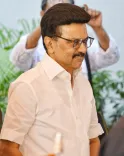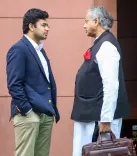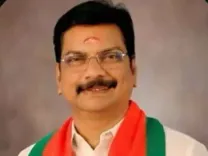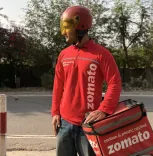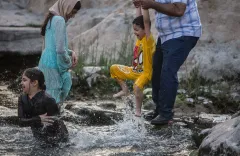Will the SVAMITVA Yojana Make Property Ownership Easier in Gujarat?
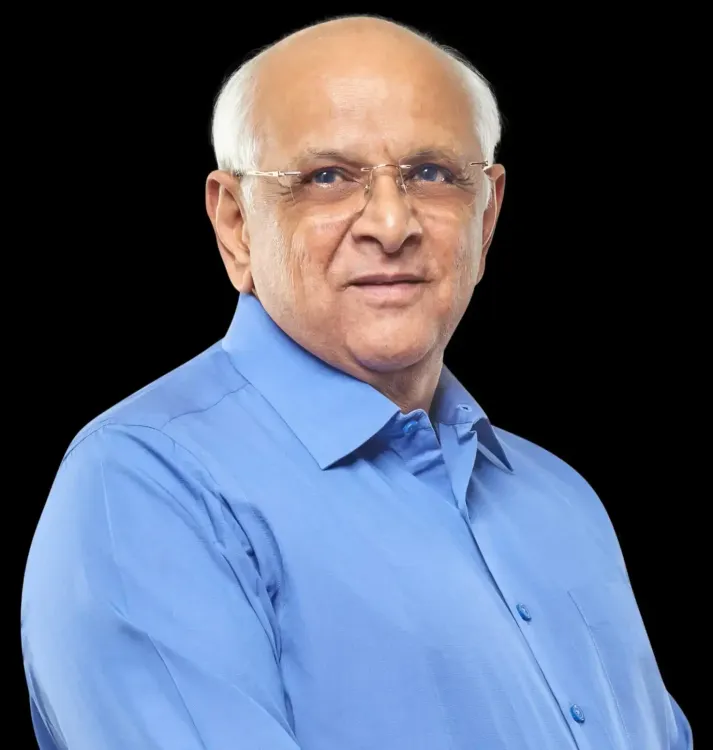
Synopsis
Key Takeaways
- SVAMITVA Yojana now issues Sanads free of charge.
- Waiver of Rs 200 fee aids 25 lakh rural residents.
- Utilizes drone technology for land mapping.
- Enhances access to legal ownership rights.
- Focuses on improving land record accuracy and reducing disputes.
Gandhinagar, July 21 (NationPress) The Gujarat government has declared that ownership certificates (Sanads) under the SVAMITVA Yojana will now be issued free of charge. This decision, made by Chief Minister Bhupendra Patel, abolishes the previously required Rs 200 fee, significantly reducing the financial strain on approximately 25 lakh rural beneficiaries across the state.
This initiative is in line with the SVAMITVA (Survey of Villages and Mapping with Improvised Technology in Village Areas) Yojana, a nationwide program launched under the leadership of Prime Minister Narendra Modi and executed by the Ministry of Panchayati Raj.
The scheme utilizes drone technology to survey inhabited village lands and issue official property cards, a key step towards formalizing ownership and alleviating land disputes in rural India.
With the repeal of the Rs 200 survey fee under the Land Revenue Act of 1879, Gujarat stands out as one of the pioneering states to offer both the property card and Sanad at no cost to rural inhabitants. The state government has earmarked approximately Rs 50 crore for this initiative, aiming to ensure widespread access to legal property documentation.
Officials have noted that this citizen-focused policy particularly aids small, impoverished, and middle-income households in rural areas, eliminating financial barriers that often obstruct access to legal ownership rights. Aside from financial relief, the scheme is anticipated to bolster rural empowerment by enhancing land record accuracy, streamlining taxation processes, and reducing legal conflicts.
The Sanads will act as formal proof of ownership, thereby unlocking opportunities for bank loans, inheritance claims, and secure investments for rural property owners.
As of mid-2025, around 42.2 million people, or nearly 57.4 percent of Gujarat’s overall population, reside in rural areas, underscoring the state’s deep agrarian roots. Despite rapid urban growth, a significant portion of Gujaratis continues to live in villages, where challenges such as low literacy rates—especially among women—and restricted access to formal ownership documents prevail.
Rural Gujarat is not only a demographic majority but also a vital component of the state's economy, culture, and social structure. With agriculture serving as the backbone for a large segment of the population, issues such as land ownership, infrastructure, and financial inclusion remain pivotal to rural advancement.

